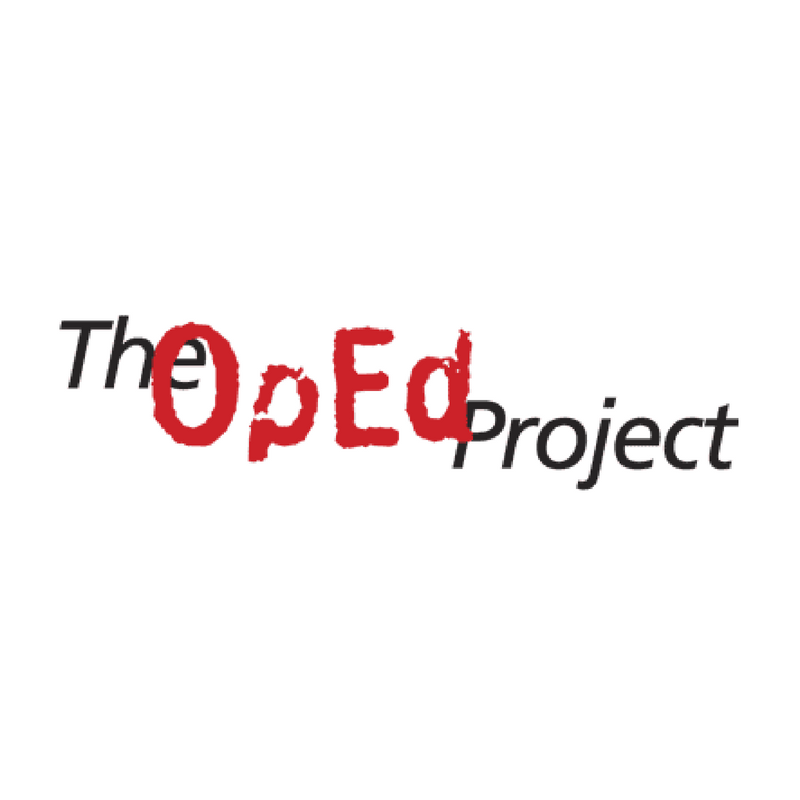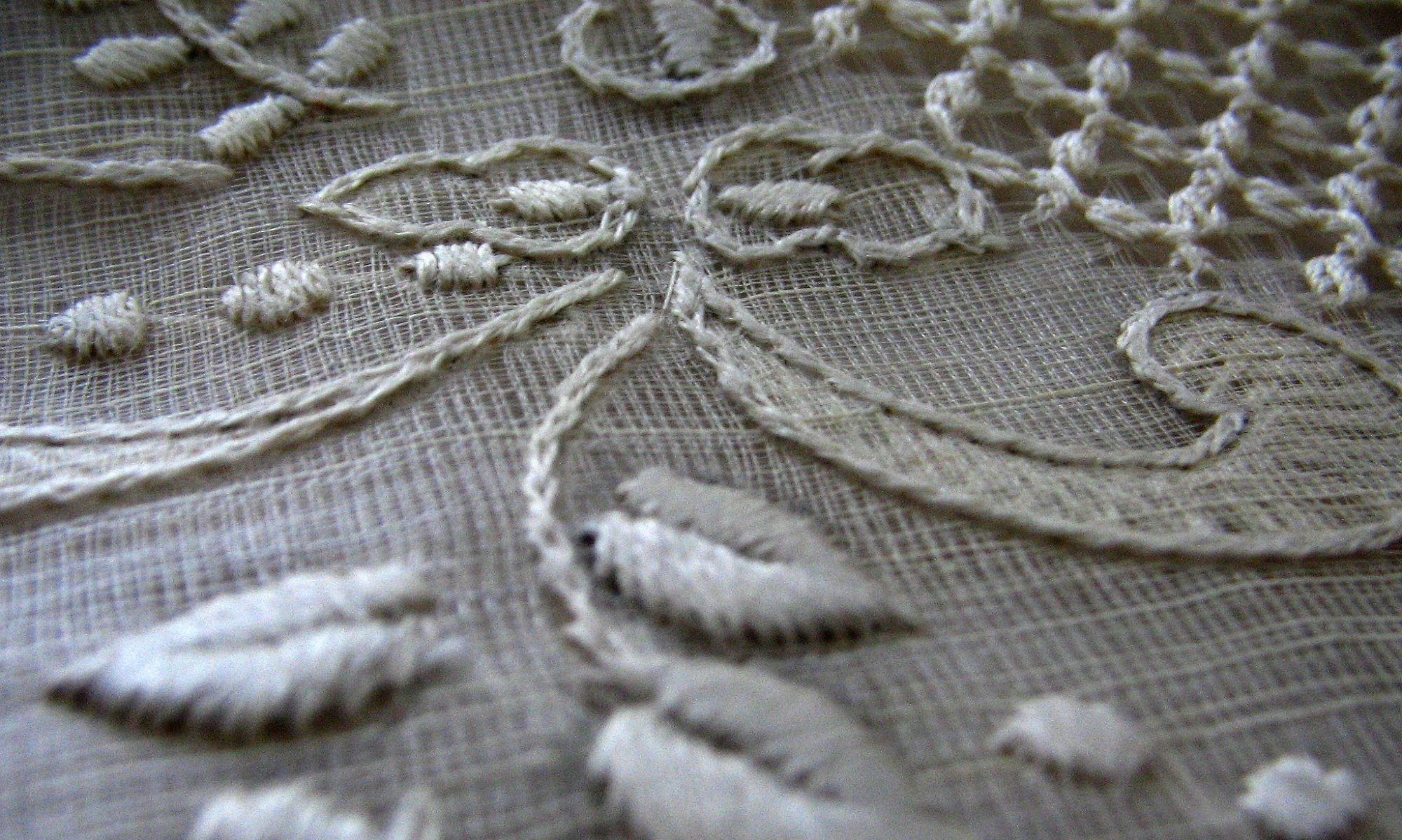In 2022, I was a Public Voices Fellow for the OpEd Project, an organization that pairs participants with journalists to guide them in writing op-ed articles and other public-facing texts in their areas of expertise. One of the most useful writing tools I learned was what they referred to as the “15-minute op-ed”, a version of which I share below.

First, some tips:
- Keep this handy. News travels fast, in more ways than one. Even if you don’t plan on writing an op ed anytime soon, you never know when a timely event or chance encounter might spark an idea or opportunity. Alternatively, universities or community members might call upon you to submit something, and fast. Keep this as an easy reference in case the opportunity arises.
- Remember: You are the expert. As specialists in multiethnic and other underrepresented literature in this current era, we are specially situated to speak to the public. I found this type of writing to be rewarding in that more people have read my articles in Newsweek, The Hill, or Ms. Magazine than they would have in likely any peer-reviewed journal behind a university paywall.
- Block out bits of time in the week following a submission, and check your e-mail frequently! Op ed writing moves quickly, at an almost dizzying pace. It wouldn’t be unusual, for instance, to submit an article to an editor or magazine and have them respond within a day or so, with a set of revision suggestions to turn around by that same evening to be featured the next day. On the other hand, my Public Voices coaches also told me that it is true form to follow up if one hasn’t heard anything in a couple of days and to send the article elsewhere if it has stayed unpublished in one place for a week.
- Keep it short and to the point. Clearly indicate one point or argument and end with one major action item. Most op eds are around 750-800 words! Read specific requirements for submission in your chosen venues for their requirements.
- Keep your audience in mind. It is perhaps easy to forget that not many people have read the books or heard of the authors we know and love, and issues related to race, education, and more might land differently depending on the audience. Avoid jargon or discipline-specific language. Personal anecdotes and appeals to emotion might be more compelling than more straightforward data, and one well-chosen quote might do more than a bunch of combined quotes and evidence.
- Read examples! I link to mine above, but there are so many out there, geared toward different audiences—including local newspapers, national magazines, and specialized publications. What they all suggest is that this writing is often focused on the big picture, and much broader than any of the more specialized peer-reviewed articles we might be accustomed to writing. At the same time, the argument and call to action are far more specific and tangible. In terms of tone and style, this type of writing is more straightforward and also significantly shorter—both in overall length and in paragraph and sentence lengths.
- Higher-ed teachers: The American Association of University Professors (AAUP) has sample op eds specific to higher ed. You can find those here: https://www.aaup.org/chapter-resources/media-relations/media-strategy/examples

The 15-minute op-ed
The 15-minute op-ed is what the OpEd Project calls a recipe or a suggestion rather than a formula. That being said, I’ve found that variations on the below work really well.
Part 1: A short attention-grabbing lede followed by a timely news hook. Following this, you will make an argument. For example, this could be for or against a recent bill with a specific explanation of why, or an identifiable idea or proposal directed to a specific audience.
- This first part ties your article to something very recent. Part of the fast pace and turnaround has to do with the form of the op ed itself, which is almost always tied to a news hook of recent and immediate importance. This immediacy also shifted the revision process as it meant that a news hook from last week might go “stale” and require updating—which unfortunately has never been a problem for me as the news keeps on emerging with issues increasingly relevant to our fields and subfields.
- Keep the links neutral. One more note about the hook: You aren’t likely to get an article accepted if your hook or other facts link to a rival magazine or newspaper. Consider instead a more neutral news source like the Associated Press, or for statistics and studies, link to the article itself.
Part 2: From here, write 2-4 short paragraphs that each provide evidence and brief analysis in the form of data and statistics, anecdotes and/or personal experiences, expert quotes or research.
- While definitely the most convincing part of your article, this portion is where I also had to remind myself to keep sentences, paragraphs, and my overall article brief, frank, and geared toward a public audience. See too the above note about keeping links neutral.
Part 3: Take a moment here to address and offer a response to the most obvious counterargument(s).
In Public Voices, this is often called the “to be sure” statement – or the moment where you take a moment to acknowledge that there is legitimate concern in the countering argument(s), but that there is still merit in your original argument.
Part 4: Conclude with a wrap-up and, if possible, a concrete and doable call to action.
- Reminding yourself of your audience and who might have the power to change the issue at hand will be especially helpful here. When possible, aim for a call that is more than simply increasing awareness of an issue.
And that’s it!
Most news organization and magazine websites will have instructions on a Submissions page or something similar, as well as word count and other preferences. Read examples from the site to find the right fit (in terms of content, style, and audience) for your work. Sometimes your area newspaper will have a wide reach and may even express preference in publishing a fellow local.
Remember to keep it brief and to the point. 750-800 words as a goal is always good, though sources and publishing venues may vary.
Keep in mind too that there is no such thing as wasted work. Even if an op ed grows “stale” by journalists’ standards, you might still find another home for your writing, whether it becomes absorbed into a longer, more academic article or another venue. My op ed on bell hooks, for example, found a home that I am very proud of in the Women, Gender, and Families of Color.
